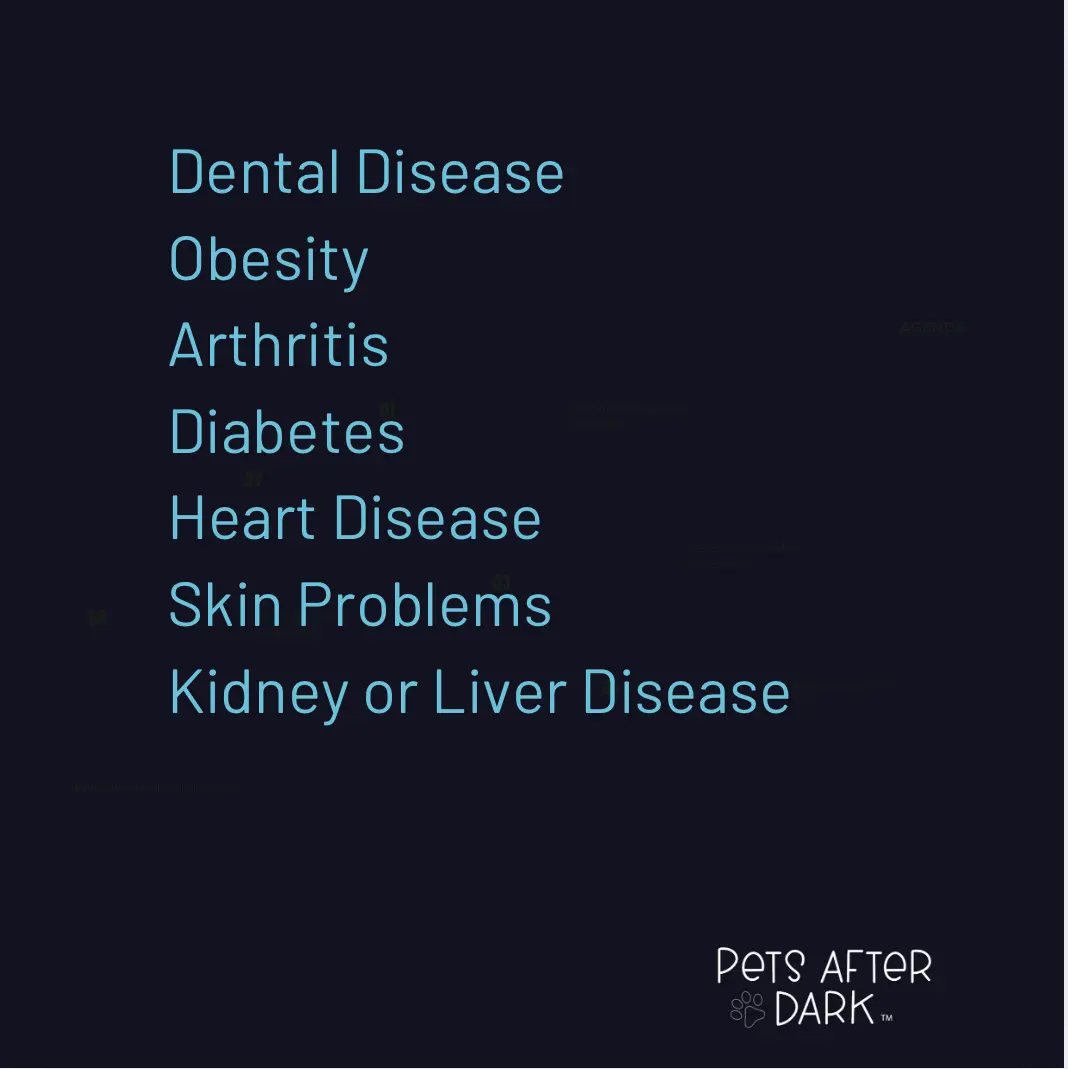
sen·tient /ˈsen(t)SH(ē)ənt/ adjective 1. able to perceive or feel things.
I recently presented at the Institute of Critical Animal Studies (ICAS) conference on “Recognizing Non-Human Animals as Sentient Beings”. I
Weeknights 7PM - Midnight
Weekends 8AM - Midnight

For most of us, our pets are far more than “just a dog” or “just a cat.” They’re family.They’re the ones who greet us at the door, wagging their tails or curling up beside us after a long day. They love us unconditionally, no matter what.
As a veterinarian, I’ve learned one universal truth: every pet owner wants to give their companion the happiest, healthiest life possible—for as long as possible. The good news is, with proper monitoring and management, this is absolutely possible.
Pets age faster than humans—what feels like just one year to us can be the equivalent of five to seven years for them. That means significant health changes can happen quickly, sometimes without any outward signs.
This is why annual wellness exams (and twice-yearly exams for pets over the age of seven) are so important. These visits, paired with preventive care and yearly diagnostics like blood work, give us vital insights that a physical exam alone can’t reveal.
Wellness visits are about more than “checking a box” or updating vaccines—though those are essential for protecting both your pet and our community. They’re about detecting issues early, keeping your pet thriving rather than just surviving.
During an annual exam, your pet receives a thorough head-to-tail assessment: eyes, ears, teeth, heart, lungs, joints, and more. We’re looking for signs of pain, disease, or subtle changes that may be invisible at home.
Why is this necessary? Even our most domesticated pets retain survival instincts from their wild ancestors, making them experts at hiding pain and illness until problems are advanced.
By catching health issues early, we can often treat them more easily, more effectively, and—quite frankly—less expensively. Common conditions identified during wellness visits include:

No one wants to imagine their pet facing these challenges—but discovering them before symptoms appear gives us the best chance for easier treatment, less discomfort, a better quality of life, and more precious time together.
I understand the temptation to skip a visit if your pet seems healthy, especially if they aren’t due for vaccines. But skipping a wellness exam is like never servicing your car because it’s still running—small issues can turn into big ones, and by the time they’re noticeable, it’s often harder to help.
People often ask me if euthanasia is the hardest part of my job. It isn’t. The hardest part is when it’s too late to help an animal with a problem that could have been prevented or minimized if caught sooner.
If you haven’t scheduled your pet’s annual wellness exam yet, I encourage you to do so. It’s the easiest step you can take today to give them the healthiest tomorrow.
Medical Director, Seven Fields Veterinary Hospital

I recently presented at the Institute of Critical Animal Studies (ICAS) conference on “Recognizing Non-Human Animals as Sentient Beings”. I

Every year around this time pet owners are warned about toxic foods and holiday hazards. And while it’s important to

Life on the Inside: How to Keep Indoor Cats Happy (and Out of Trouble) There’s something fascinating about how differently
Pets After Dark is a subscription-based service that provides expert, local after-hours veterinary care.